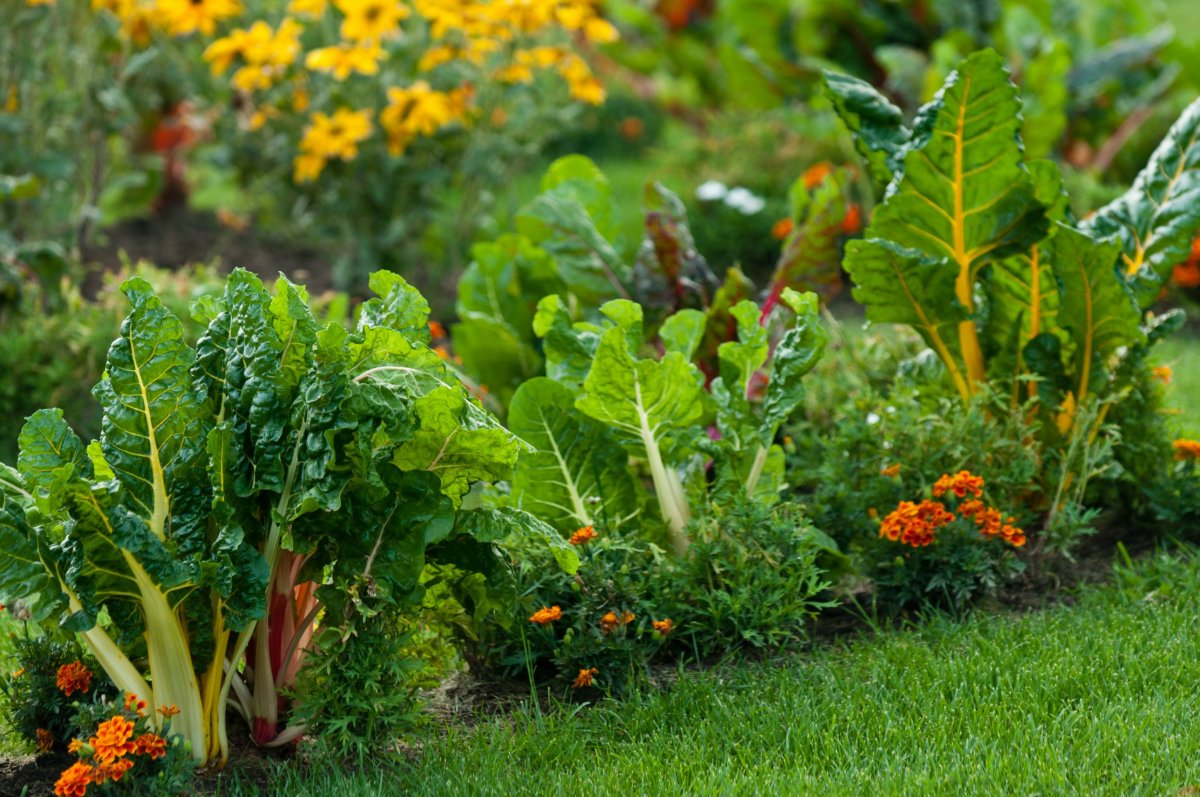I live in New England, and I love having four distinct seasons, even if winter is a bit longer than I’d like. If you’re reading this based on the title, you are likely in New England too (howdy neighbor!) so you know that New England also has a long history of farming, and you probably live on a plot that was once farmland. Bartlett Farm, one of the oldest farms in New England, is in Massachusetts and began growing vegetables in 1659 (or possibly 1639, depending on your source). Casey Farm in Rhode Island began operations in the mid-1700s. All of this to say: if you get a metal detector out in your yard or an open field in New England, you’re probably going to find some gardening supplies.
So there’s absolutely precedence for anyone thinking of starting a garden, whether it takes up your entire yard, or you have a small container garden on your balcony. The biggest problem is that the growing season in New England can be relatively short, with cold temperatures lasting well into April and even May some years. It can feel a bit daunting, however, I’m a firm believer that even a little success gives us the push we need to achieve bigger and better things. That’s why I believe any new, or even experienced gardener needs a few of the easiest vegetables to grow. Vegetables that are practically guaranteed to grow and produce.
Discover 10 top tips for growing, harvesting, and enjoying fruits, vegetables, herbs and more from your home garden—when you access the FREEBIE How to Grow a Vegetable Garden, right now!
5 of the easiest vegetables to grow for any gardener in New England
- Beets. There’s lots to love about beets. They grow quickly, they can survive a frost or two, and the beet greens are wonderfully delicious. Some varieties, like the heirloom candy-stripe beet, are both beautiful and delicately sweet. You can shave them raw into a salad or roast them like any root vegetable. In southern New England, you can start seeds indoors as early as March; for northern parts of the region, wait until the beginning of April. You will likely have to thin seedlings when you transplant them outdoors, as it’s not uncommon to get a couple of plants from each seed (which is actually a little pod of two to four seeds).
- Cherry Tomatoes. There’s not much that beats the rich flavor of a ripe tomato right off the vine. Regular tomatoes can be easy to grow, but unfortunately, they are also prone to disease. Cherry tomatoes, on the other hand, grow much more quickly, meaning there is less opportunity for them to become infected. Cherry tomatoes grow great in containers, too. In either case, if you’re starting your tomatoes from seed, you’ll almost certainly need to start them indoors and transplant them. That said, cherry tomatoes can give you an abundance of sweet, juicy, delicious fruits all summer long.
- Bell peppers. Bell peppers are some of the easiest vegetables to grow in New England whether you have an in-ground garden, a raised bed, or a container garden. While they’re resistant to many pests, there is a caveat; they grow slowly. For most varieties, you can expect green peppers in about 60 days, but you’re looking at up to 90 or even 100 days for them to fully ripen. For that reason, most New England gardeners will need to start seeds indoors as early as late February or early March.
- Kale. What’s nice about kale is that it actually enjoys a bit of a frost, so if you’re in northern New England, you can plant seeds in late July and harvest all the way through October. For southern New England, you can plant seeds in August and harvest through mid-November. Additionally, kale will continue to produce leaves as long as you don’t harvest the terminal bud at the top center of the plant.
- Zucchini. Most squash plants, like the zucchini, do need a bit of space to spread their leaves, but they can be prolific producers, so you won’t need many plants. Lots of sunlight and air flow will help limit disease, and companion plants like mint or catnip will help ward off pests.
These certainly aren’t the only plants you can grow in New England, but they are some of the easiest vegetables to grow, and each one of them are delicious. As well, the varying harvest times will give you something to look forward to from your garden from late spring into late fall.
What have you found to be some of the easiest vegetables to grow in northern or southern New England? I’d love to read your story in the comments.
Discover 10 top tips for growing, harvesting, and enjoying fruits, vegetables, herbs and more from your home garden—when you access the FREEBIE How to Grow a Vegetable Garden, right now!

3 replies on “The Easiest Vegetables to Grow in New England”
Lovely garden of flowers mingling with vegetables.
I am new to Minnesota I am in Brainerd northwest MN a bit north of central Minnesota what’s easy to plant for this region
One easy way to find out is this. Go to your favorite search engine and enter “site:edu Minnesota vegetable garden” or site:edu companion plant vegetables“. The experts’ articles and PDFs may delight you!
Thanks to Linn County, IA Master Gardener Devon for the site:edu tip.????